-
 Bitcoin
Bitcoin $115000
0.12% -
 Ethereum
Ethereum $3701
4.50% -
 XRP
XRP $3.081
2.99% -
 Tether USDt
Tether USDt $0.0000
-0.01% -
 BNB
BNB $767.9
1.45% -
 Solana
Solana $169.5
3.13% -
 USDC
USDC $0.9999
0.01% -
 Dogecoin
Dogecoin $0.2106
4.30% -
 TRON
TRON $0.3334
1.62% -
 Cardano
Cardano $0.7564
2.54% -
 Stellar
Stellar $0.4165
0.76% -
 Hyperliquid
Hyperliquid $38.75
0.25% -
 Sui
Sui $3.593
3.00% -
 Chainlink
Chainlink $17.08
3.59% -
 Bitcoin Cash
Bitcoin Cash $573.6
4.35% -
 Hedera
Hedera $0.2508
-0.84% -
 Avalanche
Avalanche $23.07
6.46% -
 Ethena USDe
Ethena USDe $1.001
-0.02% -
 Litecoin
Litecoin $120.8
8.17% -
 UNUS SED LEO
UNUS SED LEO $8.943
-0.32% -
 Toncoin
Toncoin $3.400
-5.60% -
 Shiba Inu
Shiba Inu $0.00001255
1.54% -
 Uniswap
Uniswap $9.908
6.32% -
 Polkadot
Polkadot $3.718
2.10% -
 Monero
Monero $303.0
-0.74% -
 Dai
Dai $0.9999
-0.02% -
 Bitget Token
Bitget Token $4.392
0.91% -
 Cronos
Cronos $0.1403
6.31% -
 Pepe
Pepe $0.00001076
1.13% -
 Aave
Aave $267.2
1.80%
What is the essential difference between USD and USDT?
USD, a government-regulated fiat currency, contrasts sharply with USDT, a cryptocurrency pegged to the USD but subject to fluctuating value and evolving regulation, impacting their respective stability, transaction speeds, and acceptance.
Mar 16, 2025 at 10:11 pm
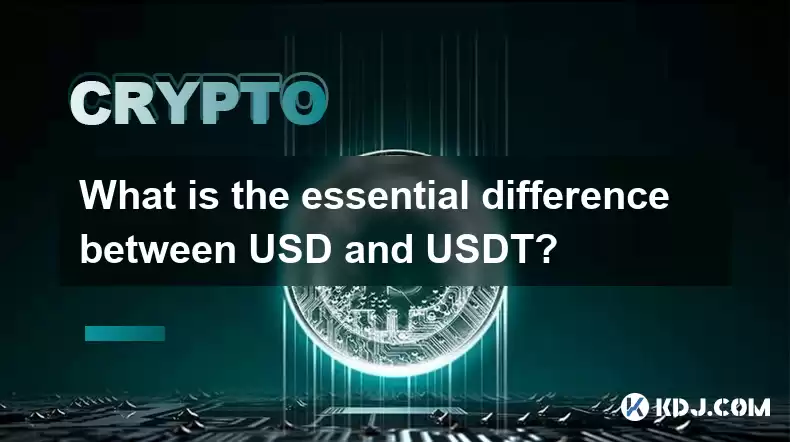
Key Points:
- USD is fiat currency, USDT is a cryptocurrency. This fundamental difference dictates their characteristics and how they operate within the financial system.
- USD is regulated by governments, USDT is not directly regulated in the same way. This impacts trust, stability, and legal implications.
- USD operates on traditional banking systems, USDT operates on blockchain networks. This affects transaction speeds, fees, and accessibility.
- USD's value is determined by government policy and market forces, USDT's value is pegged to the USD but can fluctuate. This peg is crucial to understand and its stability is a major point of discussion.
- USD has a long history and widespread acceptance, USDT is a relatively new asset with evolving acceptance. This impacts usage and potential risks.
What is the essential difference between USD and USDT?
The core distinction between the United States Dollar (USD) and Tether (USDT) lies in their fundamental nature. USD is a fiat currency, meaning its value is determined by government decree and market forces. It's a legal tender in many countries and operates within traditional banking systems. USDT, on the other hand, is a cryptocurrency, a digital token designed to maintain a 1:1 peg with the USD. This means one USDT is supposed to be worth one USD. However, this peg is not always perfectly maintained.
How do their regulatory environments differ?
USD is subject to extensive regulation by governments, central banks, and financial institutions. These regulations govern its issuance, circulation, and usage. USDT, while aiming for stability through its USD peg, faces a different regulatory landscape. The regulatory status of stablecoins like USDT is still evolving globally, leading to uncertainty and ongoing debates about oversight and compliance.
What are the differences in transaction methods and speeds?
Transactions involving USD typically occur through established banking networks, credit cards, or other traditional financial channels. These transactions can have varying processing times, often taking several days for international transfers. USDT transactions, facilitated through blockchain technology, are generally much faster. However, transaction fees can vary depending on network congestion.
How are their values determined and maintained?
The value of USD is influenced by a complex interplay of factors including government policies, inflation rates, economic growth, and global market conditions. USDT, while aiming for a stable 1:1 ratio with the USD, isn't immune to fluctuations. The issuer of USDT claims to hold USD reserves backing each USDT token, but this claim has been subject to scrutiny and audits. Any deviation from the peg can lead to significant price volatility for USDT.
What are the differences in history and acceptance?
USD boasts a long history as a globally accepted reserve currency, with widespread use in international trade and finance. Its acceptance is firmly established. USDT, a relatively recent entrant to the financial landscape, is gaining acceptance, but its usage is primarily within the cryptocurrency ecosystem. Its acceptance outside this ecosystem remains limited and subject to regulatory developments.
How do their respective risks differ?
USD, while subject to inflation and market fluctuations, benefits from the backing and regulation of established governments. USDT, while aiming for stability, faces risks related to the integrity of its backing reserves and potential regulatory uncertainty. The peg's stability is a critical risk factor. Further, the cryptocurrency market's volatility can indirectly impact USDT's price, even if the peg is maintained.
What are the key advantages of each?
USD offers the familiarity, regulatory certainty, and widespread acceptance associated with a long-established fiat currency. USDT offers the potential for faster, potentially cheaper, and more accessible transactions within the cryptocurrency ecosystem, particularly for cross-border transfers.
What are the key disadvantages of each?
USD can be subject to slower transaction speeds, higher fees for international transfers, and potential limitations imposed by regulatory frameworks. USDT carries risks associated with the stability of its peg to the USD, potential regulatory uncertainty, and the overall volatility of the cryptocurrency market.
Frequently Asked Questions:
Q: Is USDT a safe alternative to USD?
A: Whether USDT is a "safe" alternative depends on individual risk tolerance and understanding of its inherent volatility and regulatory uncertainty. While it aims for stability, its value isn't guaranteed to remain perfectly pegged to the USD.
Q: Can I use USDT for everyday transactions like USD?
A: Currently, USDT's acceptance for everyday transactions is far more limited than USD. While some merchants accept USDT, it's not as widely used as USD for everyday purchases.
Q: Is USDT backed by actual USD reserves?
A: Tether claims to maintain USD reserves backing each USDT token, but this claim has been subject to scrutiny and audits, with ongoing debates about transparency and verification.
Q: Is USDT regulated?
A: The regulatory landscape for stablecoins like USDT is evolving and differs across jurisdictions. There isn't a consistent global regulatory framework governing its operations.
Q: What are the risks associated with investing in USDT?
A: The primary risks involve the stability of its peg to the USD, potential regulatory actions, and the inherent volatility of the cryptocurrency market. The lack of robust, consistent global regulation presents an additional risk factor.
Disclaimer:info@kdj.com
The information provided is not trading advice. kdj.com does not assume any responsibility for any investments made based on the information provided in this article. Cryptocurrencies are highly volatile and it is highly recommended that you invest with caution after thorough research!
If you believe that the content used on this website infringes your copyright, please contact us immediately (info@kdj.com) and we will delete it promptly.
- Crypto Airdrops: Your August 2025 Guide to Free Tokens & Opportunities
- 2025-08-05 13:45:13
- Luxury Dining Reimagined: St. Regis Singapore & Marriott's Culinary Celebration
- 2025-08-05 13:45:13
- Fancy Farm Picnic: A Sneak Peek at the 2026 US House Race
- 2025-08-05 13:50:12
- Cardano Price, ADA Forecast & Ethereum Price: What's the Buzz?
- 2025-08-05 13:50:12
- Velo Universe, DEX, and DeFi Security: Navigating the Future of Decentralized Trading
- 2025-08-05 09:25:13
- Bitget Wallet Revolutionizes Solana with Gas-Free Transactions: A New Era for DeFi
- 2025-08-05 09:25:13
Related knowledge

How to choose a reliable USDT exchange service provider? How to identify?
Jun 12,2025 at 03:15pm
Understanding the Role of USDT in Cryptocurrency TradingUSDT (Tether) is one of the most widely used stablecoins in the cryptocurrency market. It is d...
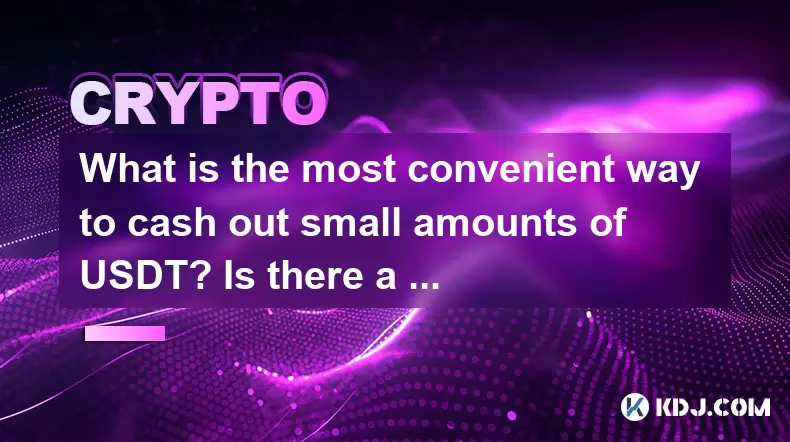
What is the most convenient way to cash out small amounts of USDT? Is there a shortcut?
Jun 11,2025 at 11:00pm
Understanding the Need to Cash Out Small USDT AmountsCashing out small amounts of USDT can be a challenge for many crypto users. Traditional methods o...
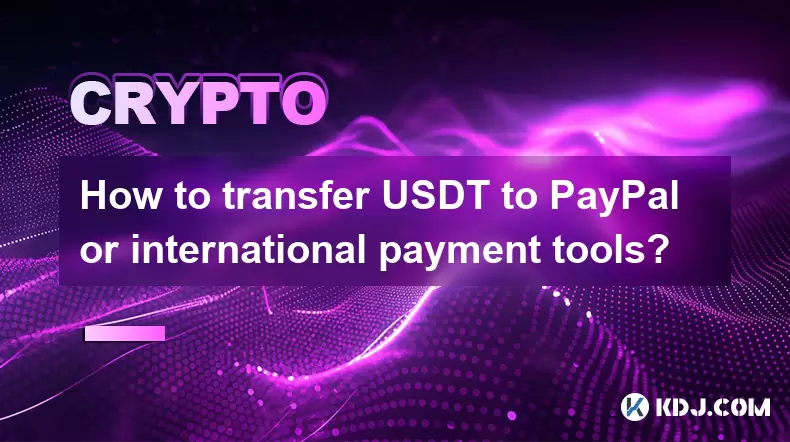
How to transfer USDT to PayPal or international payment tools?
Jun 15,2025 at 05:28am
Understanding the Basics of USDT and PayPal IntegrationUSDT (Tether) is a stablecoin pegged to the US dollar, offering blockchain-based value transfer...
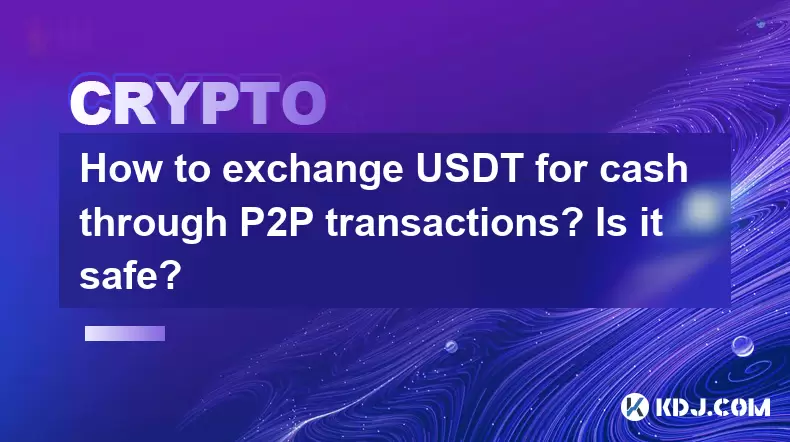
How to exchange USDT for cash through P2P transactions? Is it safe?
Jun 18,2025 at 07:56am
Understanding USDT and P2P TransactionsTether (USDT) is a stablecoin pegged to the value of the US dollar, making it a popular choice for users who wa...
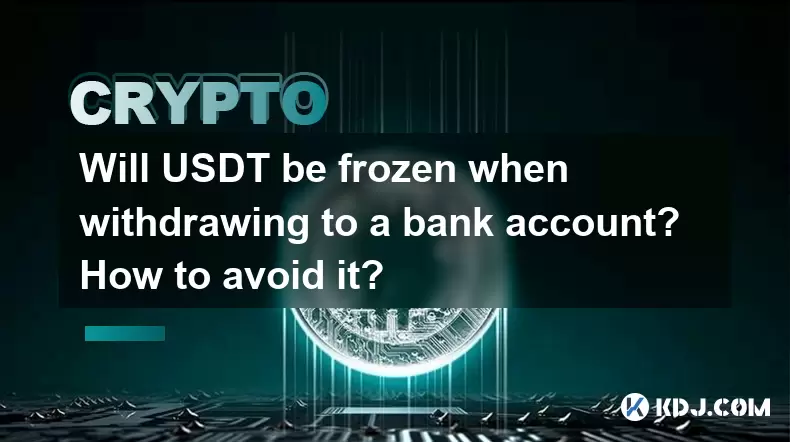
Will USDT be frozen when withdrawing to a bank account? How to avoid it?
Jun 15,2025 at 10:03am
Understanding USDT Withdrawals and Bank Account Freezing RisksWhen users decide to withdraw USDT (Tether) to a bank account, one of the most common co...
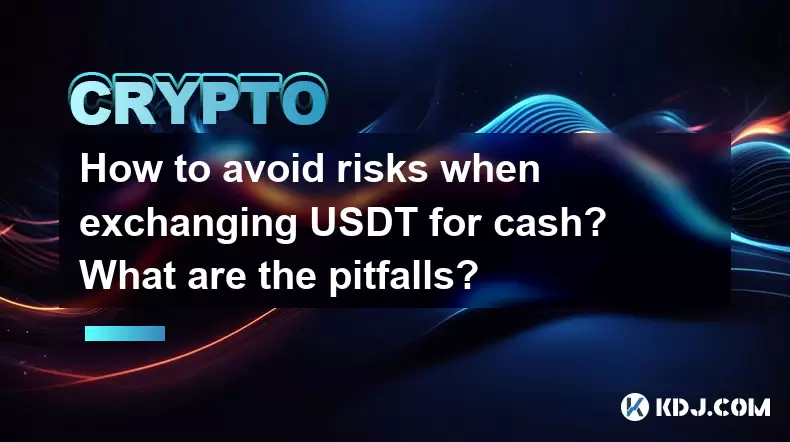
How to avoid risks when exchanging USDT for cash? What are the pitfalls?
Jun 11,2025 at 08:14pm
Understanding the Risks of Exchanging USDT for CashWhen exchanging USDT (Tether) for cash, users must be aware of the potential risks involved. As a s...

How to choose a reliable USDT exchange service provider? How to identify?
Jun 12,2025 at 03:15pm
Understanding the Role of USDT in Cryptocurrency TradingUSDT (Tether) is one of the most widely used stablecoins in the cryptocurrency market. It is d...

What is the most convenient way to cash out small amounts of USDT? Is there a shortcut?
Jun 11,2025 at 11:00pm
Understanding the Need to Cash Out Small USDT AmountsCashing out small amounts of USDT can be a challenge for many crypto users. Traditional methods o...

How to transfer USDT to PayPal or international payment tools?
Jun 15,2025 at 05:28am
Understanding the Basics of USDT and PayPal IntegrationUSDT (Tether) is a stablecoin pegged to the US dollar, offering blockchain-based value transfer...

How to exchange USDT for cash through P2P transactions? Is it safe?
Jun 18,2025 at 07:56am
Understanding USDT and P2P TransactionsTether (USDT) is a stablecoin pegged to the value of the US dollar, making it a popular choice for users who wa...

Will USDT be frozen when withdrawing to a bank account? How to avoid it?
Jun 15,2025 at 10:03am
Understanding USDT Withdrawals and Bank Account Freezing RisksWhen users decide to withdraw USDT (Tether) to a bank account, one of the most common co...

How to avoid risks when exchanging USDT for cash? What are the pitfalls?
Jun 11,2025 at 08:14pm
Understanding the Risks of Exchanging USDT for CashWhen exchanging USDT (Tether) for cash, users must be aware of the potential risks involved. As a s...
See all articles

























































































